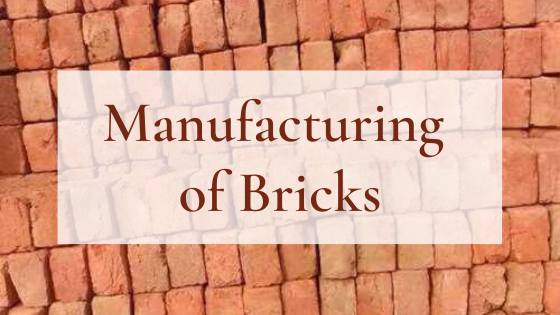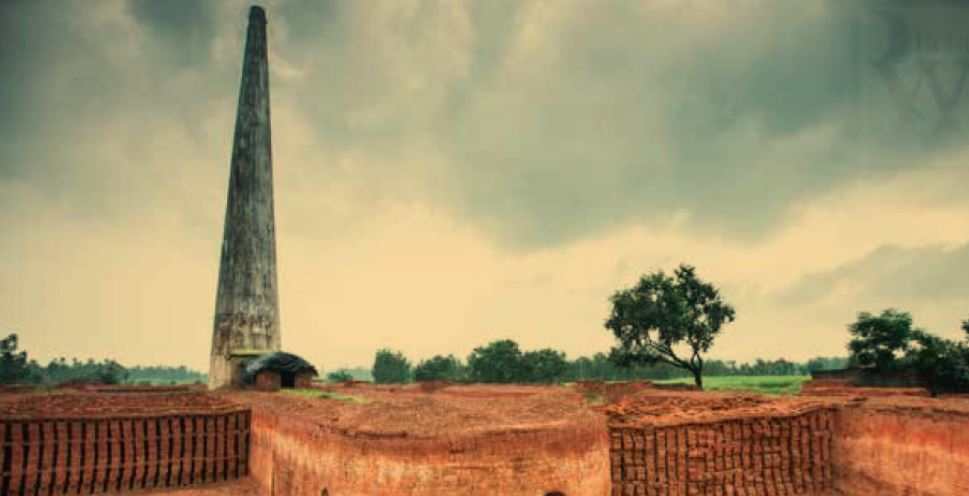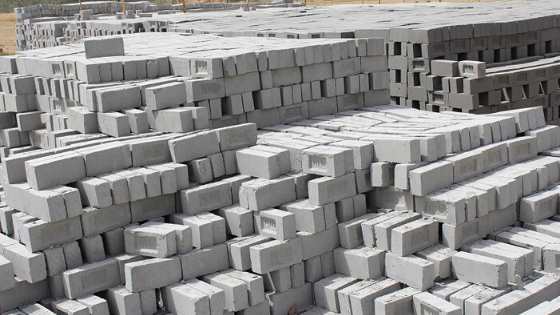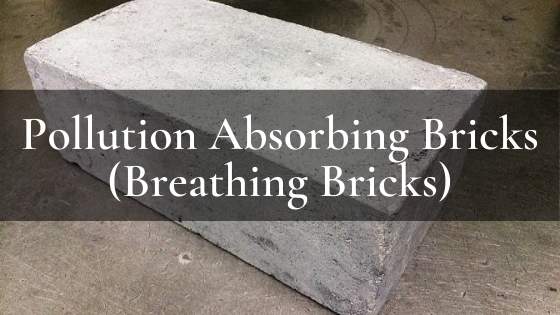
Bricks are one of the oldest building material. Due to its decorative and load-bearing properties, exceptional durability, lightweight, thermal insulation property, easy availability, low-cost, brick has enjoyed widespread popularity as a construction material.
The fundamentals of brick manufacturing have not changed over time but became substantially more efficient by technological advancements.
Raw Materials
The rich, clayey soil is the main raw material of the brick. The clay used for brick manufacturing must have plasticity so that it can be shaped or moulded when mixed with water. It must have sufficient wet and air-dried strength to maintain the shape after moulding into definite patterns and sizes.
The clay particles must fuse together to make a uniform and durable product when subjected to appropriate temperatures.
Phase of Manufacturing
The basic process of manufacturing is uniform, but individual manufacturing plants improve their production to fit their particular raw materials and operation. Brick is manufactured by mixing ground clay with water, moulded in the desired shape, dried, and after that firing is done. Since the invention of new machines, the majority of brick produced is machine-made, instead of the fact that earlier the process was manual.
Phases of Manufacturing are:
- Mining and storage of raw materials.
- Preparation of raw materials.
- Moulding of bricks.
- Drying of bricks
- Burning and cooling of bricks
- De-hacking & Storing the finished bricks
Mining and Storage of Raw Materials
The manufacturing process of brick or tile begins with the collection of raw materials. The Surface clays, shales, etc are minded in open pits with power equipment and transported to storage areas.
For continuous production of bricks regardless of weather conditions, the storage of a sufficient quantity of raw materials is required.
Preparation of Raw material
Preparation of raw materials includes crushing, grinding, screening and mixing the raw materials.
Crushing is required to break up large clay lumps and stones.
In modern plants, the large lumps of clay are passed through size reducing grinders. The pulverised material form the grinder is passed over an inclined vibrating screen to separate the coarse materials. All particles larger than 5 mm should be removed.
Proportioning may be required if the grain distribution is unsatisfactory.
Once screened the material is mixed thoroughly with the correct amount of water to produce a homogeneous, plastic clay mass. In large-scale plants, the mixing i.e. tempering is done in the pug mill.
Moulding the Bricks
The tempered clay from the pug mill is used for moulding of bricks. Moulding is the process of filling prepared clay into moulds of definite size and pattern.
It can be done by hand moulding or machine moulding technique.
Drying of Bricks
Depending upon the forming method, wet brick from moulding or cutting machines contains 7 to 30 percent moisture. If these are burnt wet, bricks will get cracked and distorted. Therefore, drying is necessary.
There are two methods of drying
- Natural drying
- Artificial drying
Before the burning process begins, most of this water is evaporated in dryer chambers at temperatures ranging from about 100 ºF to 400 ºF (38 ºC to 204 ºC). The extent of drying time usually is between 24 to 48 hours.
Although heat could also be generated specifically for dryer chambers, it always is supplied from the exhaust heat of kilns to maximise thermal efficiency. In all cases, heat and humidity must be carefully regulated to avoid cracking within the brick.
Burning & Cooling
Burning provides hardness and strength to the bricks and makes them durable. Bricks should be burnt properly. If overburnt, they will become brittle and if they underburnt, they will be soft and cannot carry the loads.
Burning is either done in temporary structures called clamp for small scale manufacturing or in permanent structures called kiln for large scale manufacturing.
Bull’s trench kiln is commonly used u India. It has over 30 m high permanent brick chimney. This kiln is continuous in operation i.e. loading, unloading, firing and cooling are carried out simultaneously.
Burning may be divided into three stages:
- Dehydration (400-650 ºC): The remaining water after drying is driven off and the clay loses its plasticity.
- Oxidation (650-900ºC): The carbonaceous matter is eliminated ad the ferrous iron is oxidised to the ferric form.
- Verification occurs at 900-1100 C for low melting clay and 1000-1250 C for high melting clay to convert clay into a hard, glassy non-crystalline material.
Cooling is a crucial stage in brick manufacturing because the speed of cooling features a direct effect on colour. Because the rate of cooling has a direct effect on colour and because excessively rapid cooling will cause cracking, cooling is an important stage in the firing process.
De-hacking & Storing the finished Bricks
De-hacking is the process of unloading a kiln or kiln car after the bricks have cooled.
Brick are sorted, graded and packaged. Broken, twisted and defective bricks should be discarded at this stage.
Then the lots are placed in a storage yard or loaded onto rail cars or trucks for delivery.
Also Read: Fly ash bricks


